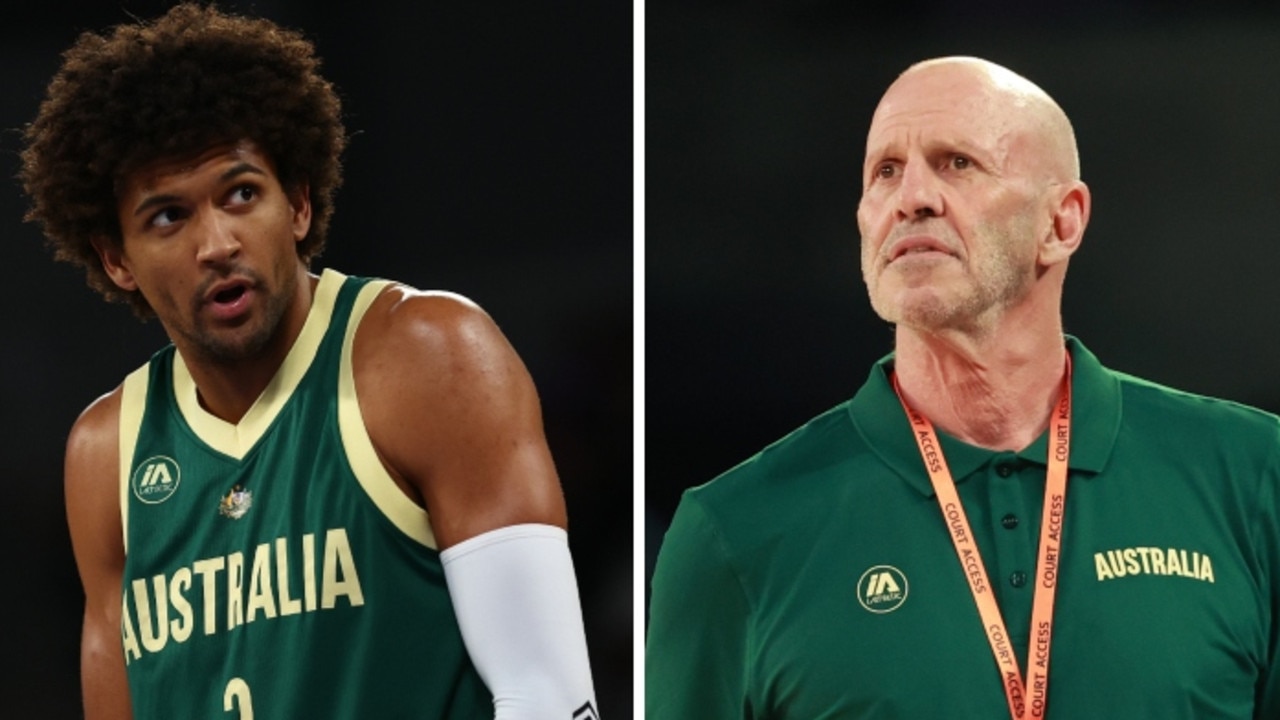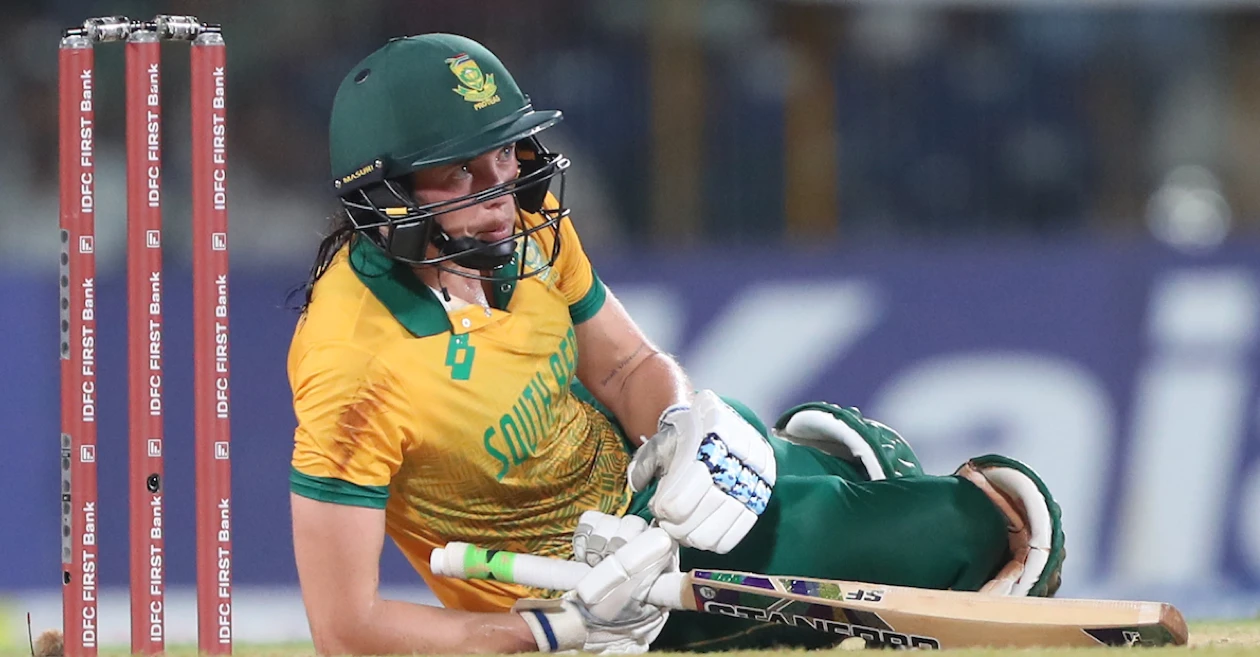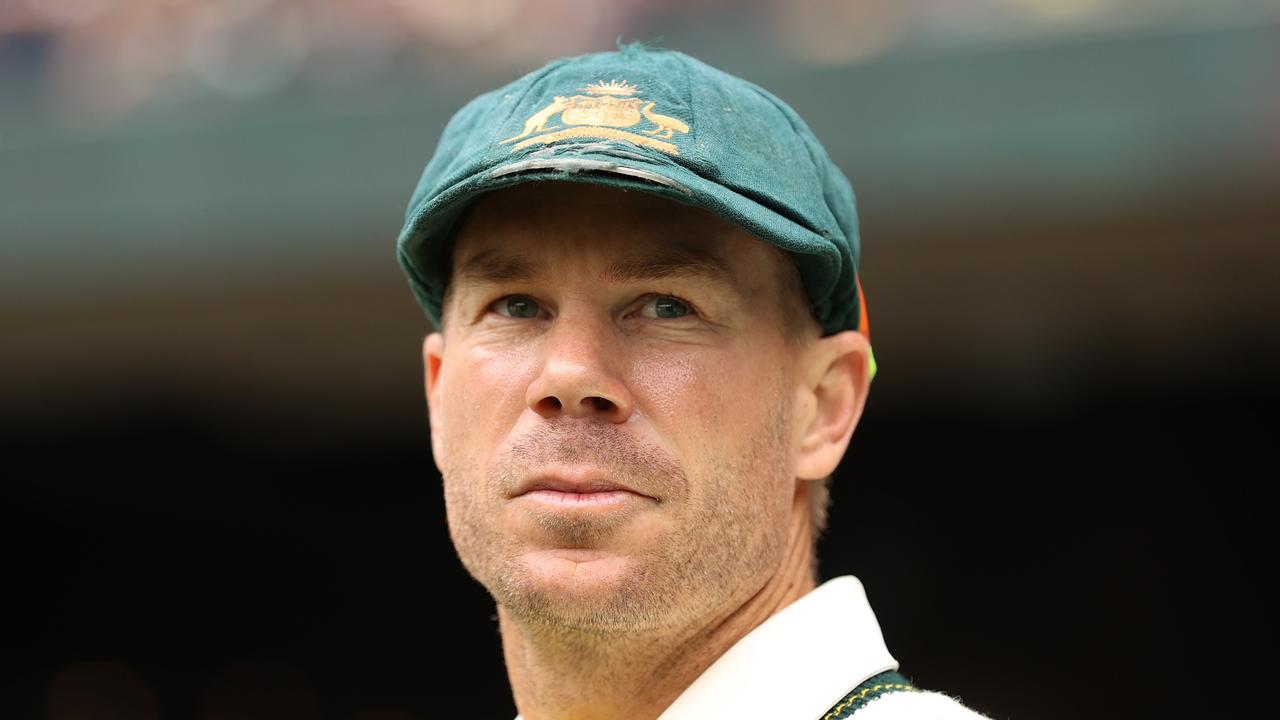January 18, 2009.
David Warner introduced himself to the cricket world with an unforgettable T20I debut, scoring 89 (43) against South Africa in front of 62,148 spectators at the MCG. The left-hander, who was yet to make his first-class debut, treated the world-class Proteas attack with no respect, repeatedly smacking Makhaya Ntini and Dale Steyn over the mid-wicket boundary.
Warner was instantly earmarked as a white-ball specialist, a pinch-hitting gimmick — but 99 Test matches later, he’s on the verge of joining cricket royalty having already cemented his status as one of Australia’s greatest Test openers.
And how appropriate that his landmark 100th Test match takes place at the same venue, and against the same opposition, that cricket fans first caught a glimpse of The Bull.
Watch Australia v South Africa. Every test match live and ad-break in play on Kayo. New to Kayo? Start your free trial now >
On Monday, Warner will become the 14th Australian to play a century of Test matches, but irrefutably the most polarising figure to reach the milestone.
The New South Welshman is just 78 runs shy of 8000 Test runs, at which point he’ll become the eighth Australian to achieve the feat. Meanwhile, only four openers in Test history boast more centuries than Warner.
Perhaps Warner’s most impressive accomplishment is becoming the first genuine superstar in all three formats of the game. He has been dominant in Australian whites and canary yellow for the best part of a decade, which is quickly proving difficult for other modern greats, such as Virat Kohli and Ben Stokes.
Juggling the three formats is nearing an impossibility due to relentless scheduling and workload management, but Warner found a way.
After his epic T20I debut in 2009, Warner was unfairly typecast as a T20 mercenary — a cricketer who would survive off Indian Premier League contracts and endorsement deals.
New South Wales was reluctant to select him for the Sheffield Shield side, begrudgingly slotting him in the middle order when others were unavailable.
But Warner always wanted to earn a baggy green. He could have easily become the poster boy of T20 cricket, but Test matches were the endgame.
Having already established himself as a budding superstar in Australia’s white-ball teams, Warner turned heads during an Australia A tour of Zimbabwe in 2011, plundering 666 runs at 74.00, including three centuries.
Later that year, a hamstring injury to Shane Watson opened the door for Warner to make his Test debut against New Zealand at the Gabba.
Warner silenced his doubters a week later, carrying his bat through the fourth innings of a Test match — an incredibly rare feat only two Australians had previously accomplished — on a green seamer at Bellerive Oval, scoring an unbeaten 123 to put Australia within touching distance of a thrilling victory against the Black Caps.
His maiden Test century proved he was ready for the challenges of five-day cricket, but his second won over the Australian public.
Warner’s 69-ball hundred against India at the WACA in January 2012 was the fastest century by an opener in Test history. Playing in just his fifth Test match, Warner made a mockery of the Indian bowling attack by finishing day one unbeaten on 104 from 84 deliveries, having walked out to bat just 90 minutes earlier.
He quickly drew comparisons to Indian legend Virender Sehwag, who three years earlier predicted Warner would be a better Test cricketer than a T20 player.
Cricket Australia briefly suspended Warner in 2013 following an alleged bust-up with England batter Joe Root, but he was rushed back into the team after compiling massive scores during an Australia A tour of South Africa.
And after returning home for the 2013/14 summer of cricket, Warner was unstoppable. During a remarkable 27-Test stretch between 2013 and 2016, he scored 3066 runs at 62.60 with a strike rate of 81.50. This golden run featured an Ashes whitewash, a World Cup triumph and a maiden double-century against New Zealand at the WACA.
Unlike many opening batters, Warner does not have a trademark shot. He’s capable of scoring in all corners of the ground. A natural aggressor, he can demoralise the opposition in a matter of overs, which has been invaluable for the Australian Test side.
Of the 15 Australian cricketers who have scored at least 6000 Test runs, Warner’s career strike rate of 71.18 is comfortably the highest.
Warner’s mental fortitude was tested to its limits in December 2014, scoring twin centuries against India at Adelaide Oval in Australia’s first Test match following the passing of Phil Hughes.
Warner had held Hughes’ hand in the medicab as it approached the SCG boundary rope a couple of weeks earlier. A few days after the funeral, he broke down in tears during a routine net session.
On day one of the emotional Adelaide Test, Warner paused and looked up to the heavens after passing 63 in the first innings, acknowledging his former Test opening partner. It’s the defining moment of his professional career.
What is sometimes forgotten from that Test match was Warner’s subtle tribute to New South Wales teammate Sean Abbott, the bowler of the fatal delivery that struck Hughes on the neck. In his first Sheffield Shield match after Hughes’ death, Abbott claimed career-best figures of 6-14 against Queensland at the SCG. When the news was broadcast on the Adelaide Oval big screen, Warner took off his gloves and applauded from across the country.
Perhaps the most frustrating aspect of Warner’s Test career has been the lack of reliable opening partners. While Aaron Finch has accompanied Warner at the top of the order for most of his white-ball escapades, 14 different opening batters have cycled through the Test side.
The candidates varied in success, but Chris Rogers was undeniably the cream of the crop, combining with Warner for 2053 Test runs at 51.32.
They complimented each other perfectly, and it took Australia more than six years to find a worthy replacement for Rogers following his retirement.
After being elevated to the vice-captaincy in 2015, Warner became the Australian team’s “attack dog” in the field, chirping at the opposition and hurling abuse whenever he deemed appropriate.
His on-field behaviour pushed the boundaries of what was considered appropriate conduct, isolating fans and damaging the team’s reputation through antagonism.
This hostile approach, combined with an unhealthy win-at-all-costs mentality, led to the ball-tampering saga of 2018, where Warner was found to have helped formulate an illegal ploy to alter the state of match ball.
He became the centre of a global sporting controversy, sidelined from the sport for 12 months and handed a lifetime leadership ban. Some questioned whether he’d ever return.
But Warner’s absence only emphasised his importance to the Test team. Australia struggled without him at the top of the order, and the irreplaceable opener was brought back into the side once 12 months had passed.
He was a reformed cricketer with a point to prove. Warner’s return was headlined by a record-breaking triple-century against Pakistan at Adelaide Oval, scoring an unbeaten 335 to eclipse Sir Donald Bradman and Mark Taylor.
It was immediately apparent that Warner was one of Australia’s all-time greats. A few months later, he was awarded a third Allan Border Medal. Redemption complete.
Despite all of his successes and accolades, some cricket fans will never forgive Warner for what happened in Cape Town. In their eyes, he will always be a cheat, unworthy of the cherished baggy green.
The court of public opinion is sometimes cruel and unjust, but nobody can deny that Warner is an astonishing talent, the likes of which we may not witness again for decades to come. His legacy is complicated. A pioneer, a villain, an entertainer, a cautionary tale, a sporting hero. All of the above.
However, celebrations ahead of Warner’s 100th Test have been overshadowed by murmurs about his future in the Test team. Since the start of the Covid-19 pandemic, the 36-year-old has averaged 26.07 in 15 matches without a century to his name.
With tours of India and England on the horizon, two nations where Warner has struggled with the bat, speculation about retirement has grown in ferocity.
“I’m as excited as ever to get back out here and play another Boxing Day Test,” Warner told reporters at the MCG on Christmas Eve.
“Yeah, my back’s up against the wall, but it’s in my DNA to keep being competitive, and come out here and put a smile on my face and take on whatever opposition I’m going to face.
“For me it’s about keeping my mind clear and making sure I’m not going away from my game plan. Nothing’s really changed in my game, it’s just a change of fortune (that’s needed), and a bit of luck, and hopefully the runs can come out this Boxing Day.”
The second Test between Australia and South Africa gets underway at the MCG on Monday morning with the first delivery scheduled for 10.30am AEDT.







